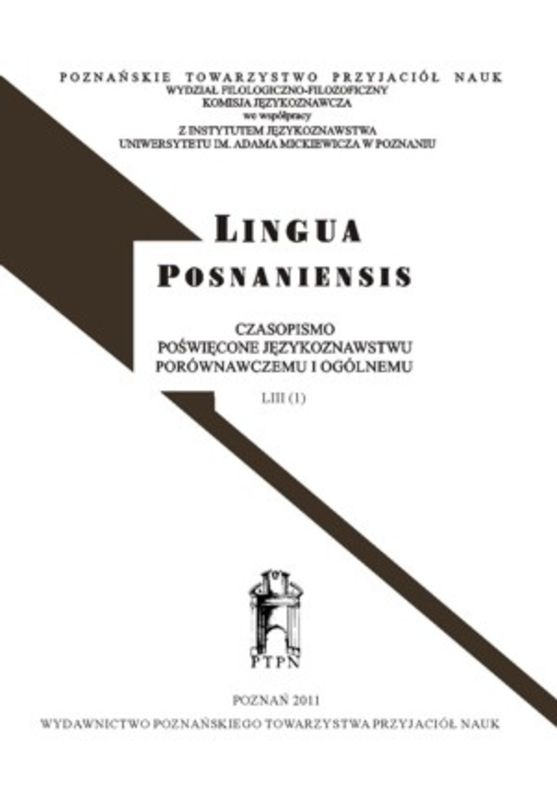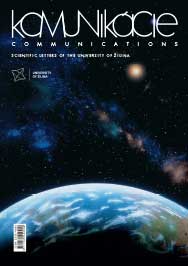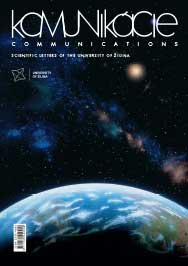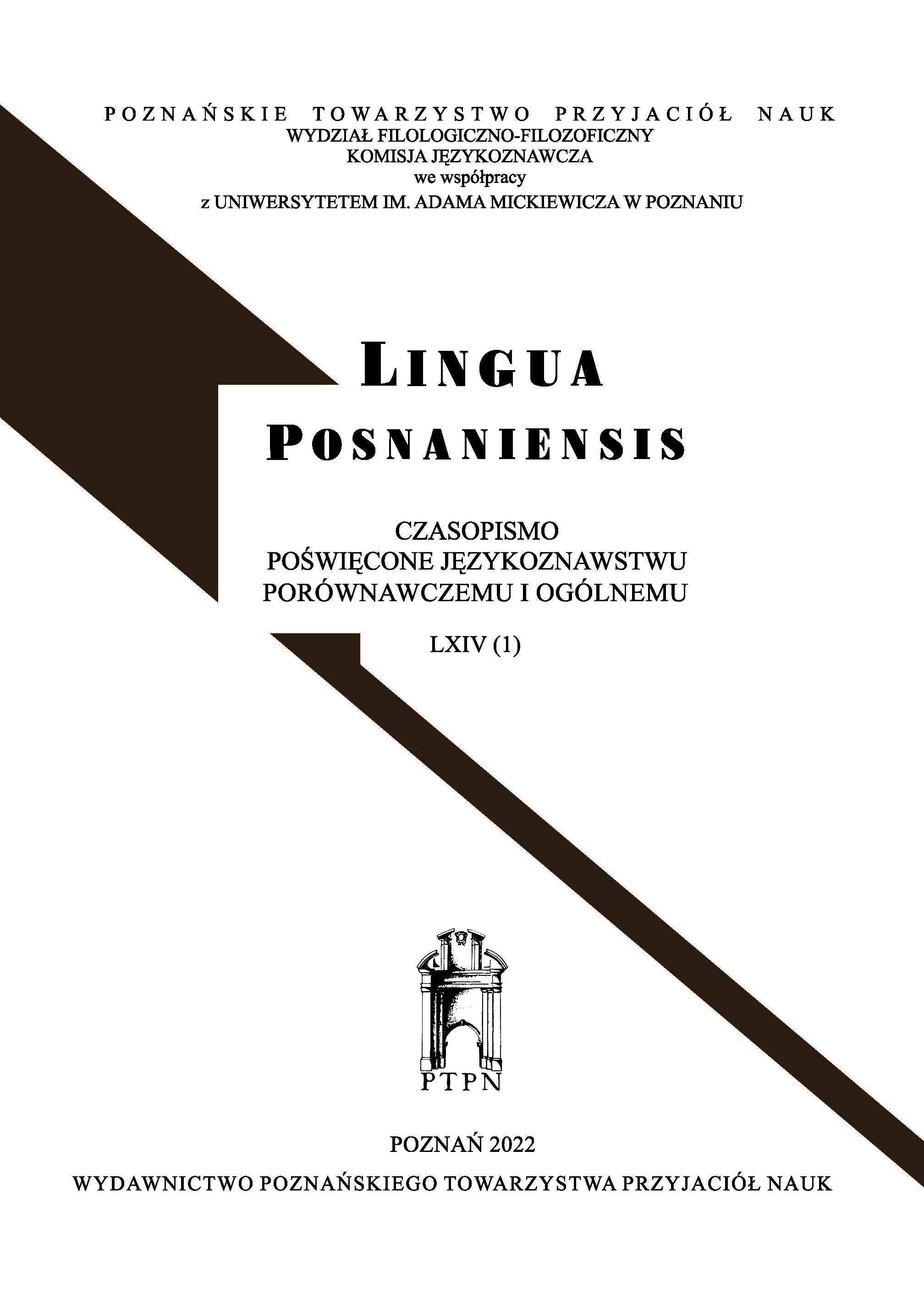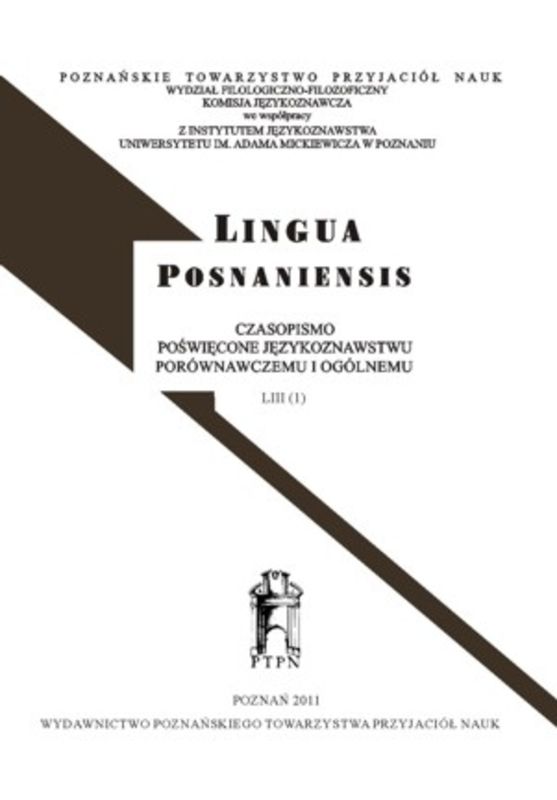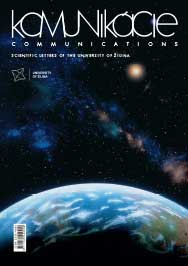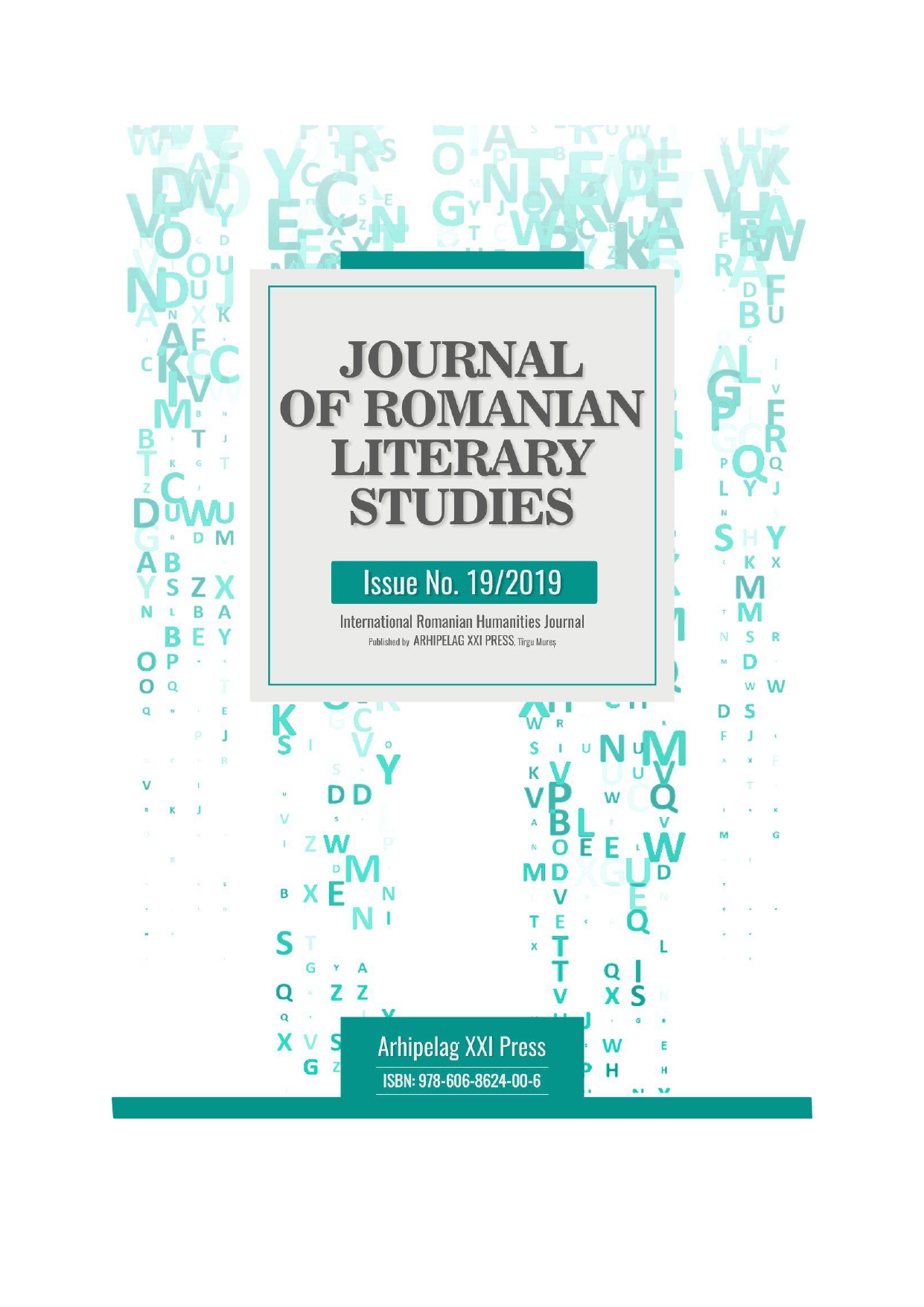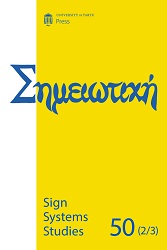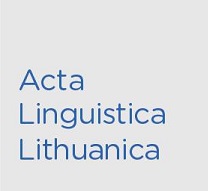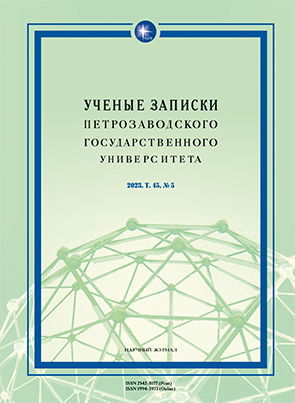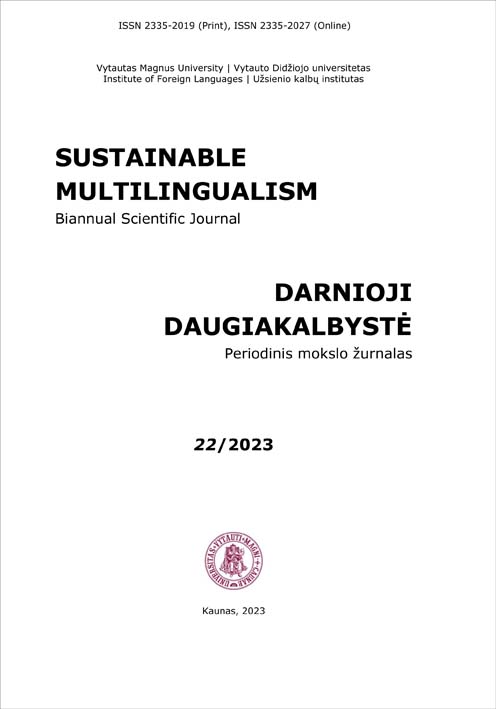
Dyslexia in Arabic-French Bilingual Children: A Multiple-Case Study
Dyslexia and L2 appropriation have been extensively documented separately; however, few studies have brought them together. Our research sheds linguistic light on dyslexia in Arabic-speaking bilingual children. The aim is to study phonology, reading and spelling in dyslexic and non-dyslexic children learning French as a second language to better distinguish between what a reading disorder is and what typical appropriation is, with possible transient difficulties related to L2 development. The general hypothesis is that there are specific markers of dyslexia in Arabic-speaking children learning French as a second language. A multiple-case study was conducted. It consisted of four dyads of children aged 8-10 years: two bilingual dyslexic children, two bilingual non-dyslexic children, two monolingual dyslexic children and two monolingual non-dyslexic children. The bilingual children were Arabic speakers who had arrived in France at the age of six. In a diachronic and synchronic approach, spontaneous and experimental data were collected over a period of nine months. The experiment was based on the Phonoludos, Odedys 2, ELFE and ELDP2 tools. Parental questionnaires were also administered to parents. A synthesis of the most important results is presented. A phonological deficit is manifested in all dyslexic subjects by difficulties in speech perception/production, weaknesses in phonemic unit manipulation and decoding. In reading and spelling, atypical phonemic and phonetic errors are found in large numbers, whereas they are absent in non-dyslexics. This study is a first step in understanding how to identify dyslexia in bilingual children. It is now important to extend the study to a larger number of subjects, with a view to adapting tools that will facilitate the identification and assessment of children who speak several languages.
More...
